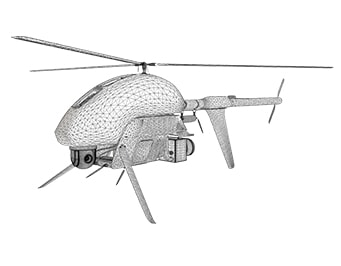Educational Material
6.2 Noise Calculations
Since noise can be specified in a variety of different ways, it is important to understand how to convert each of these different specifications into a common form that can be used to accurately compare different sensors. The following examples work through a couple of these conversions.
Noise Density to Standard Deviation
To determine the noise standard deviation ($\sigma$) at a specified sample rate (SR) from a noise density (ND), the square root of the sampling rate should be multiplied by the noise density, as shown in Equation \ref{eq:apnd2sd}
\begin{equation}\sigma = \mbox{ND} \sqrt{\mbox{SR}}\label{eq:apnd2sd}\end{equation}
For example, consider a noise density of $0.01°/s/\sqrt{Hz}$ which needs to be converted into a standard deviation at a sampling rate of 100 Hz:
\begin{equation}\begin{split}\sigma &= \left(0.01°/s/\sqrt{Hz}\right)\sqrt{100 Hz}\\&=0.1°/s\end{split}\end{equation}
Random Walk to Standard Deviation
As shown in Equation \ref{eq:aprw2sd}, the standard deviation ($\sigma$) of the drift due to noise can be found from the random walk (RW) by multiplying it by the square root of time ($t$).
\begin{equation} \label{eq:aprw2sd}\sigma = \text{RW}\sqrt{t}\end{equation}
Suppose an angle random walk of $0.03°/\sqrt{hour}$ for a gyroscope, which needs to be converted into a standard deviation for a time of 100 s:
\begin{equation}\begin{split}\sigma &=\left(0.03°/\sqrt{hour}\right)\left(\frac{1 \sqrt{hour}}{60 \sqrt{s}}\right)\sqrt{100 s}\\&=0.005°\end{split}\end{equation}
